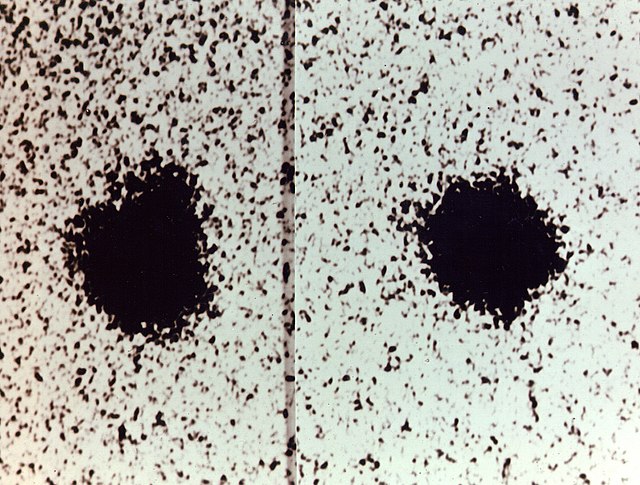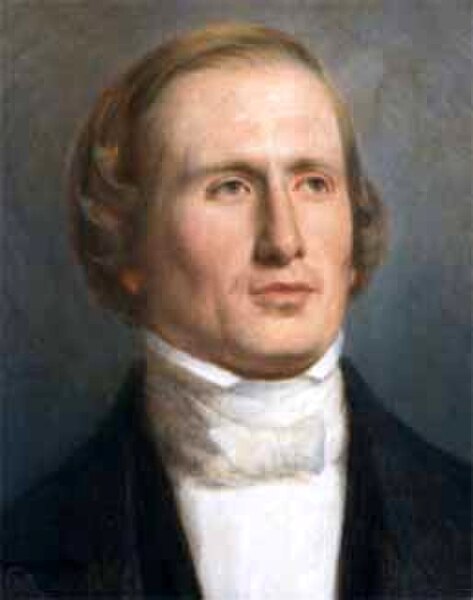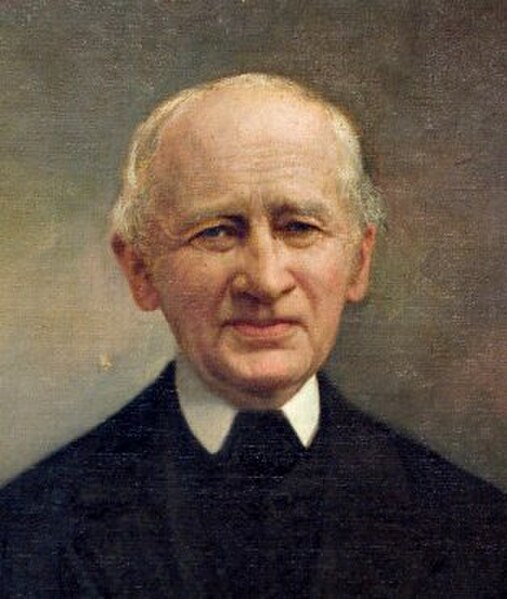Following the discovery of the planet Neptune in 1846, there was considerable speculation that another planet might exist beyond its orbit. The search began in the mid-19th century and continued at the start of the 20th with Percival Lowell's quest for Planet X. Lowell proposed the Planet X hypothesis to explain apparent discrepancies in the orbits of the giant planets, particularly Uranus and Neptune, speculating that the gravity of a large unseen ninth planet could have perturbed Uranus enough to account for the irregularities.
Percival Lowell, originator of the Planet X hypothesis
Jacques Babinet, an early proponent of a trans-Neptunian planet
Clyde William Tombaugh
Discovery image of Charon
Neptune is the eighth and farthest known planet from the Sun. It is the fourth-largest planet in the Solar System by diameter, the third-most-massive planet, and the densest giant planet. It is 17 times the mass of Earth, and slightly more massive than fellow ice giant Uranus. Neptune is denser and physically smaller than Uranus because its greater mass causes more gravitational compression of its atmosphere. Being composed primarily of gases and liquids, it has no well-defined solid surface. The planet orbits the Sun once every 164.8 years at an orbital distance of 30.1 astronomical units. It is named after the Roman god of the sea and has the astronomical symbol , representing Neptune's trident.
Galileo Galilei
Urbain Le Verrier, the French astronomer who mostly successfully predicted Neptune's position in the sky using pure mathematics
Johann Gottfried Galle, the German astronomer who was requested by Le Verrier to look for Neptune using the Berlin Observatory's telescope
John Couch Adams, the British astronomer who independently calculated Neptune's position








